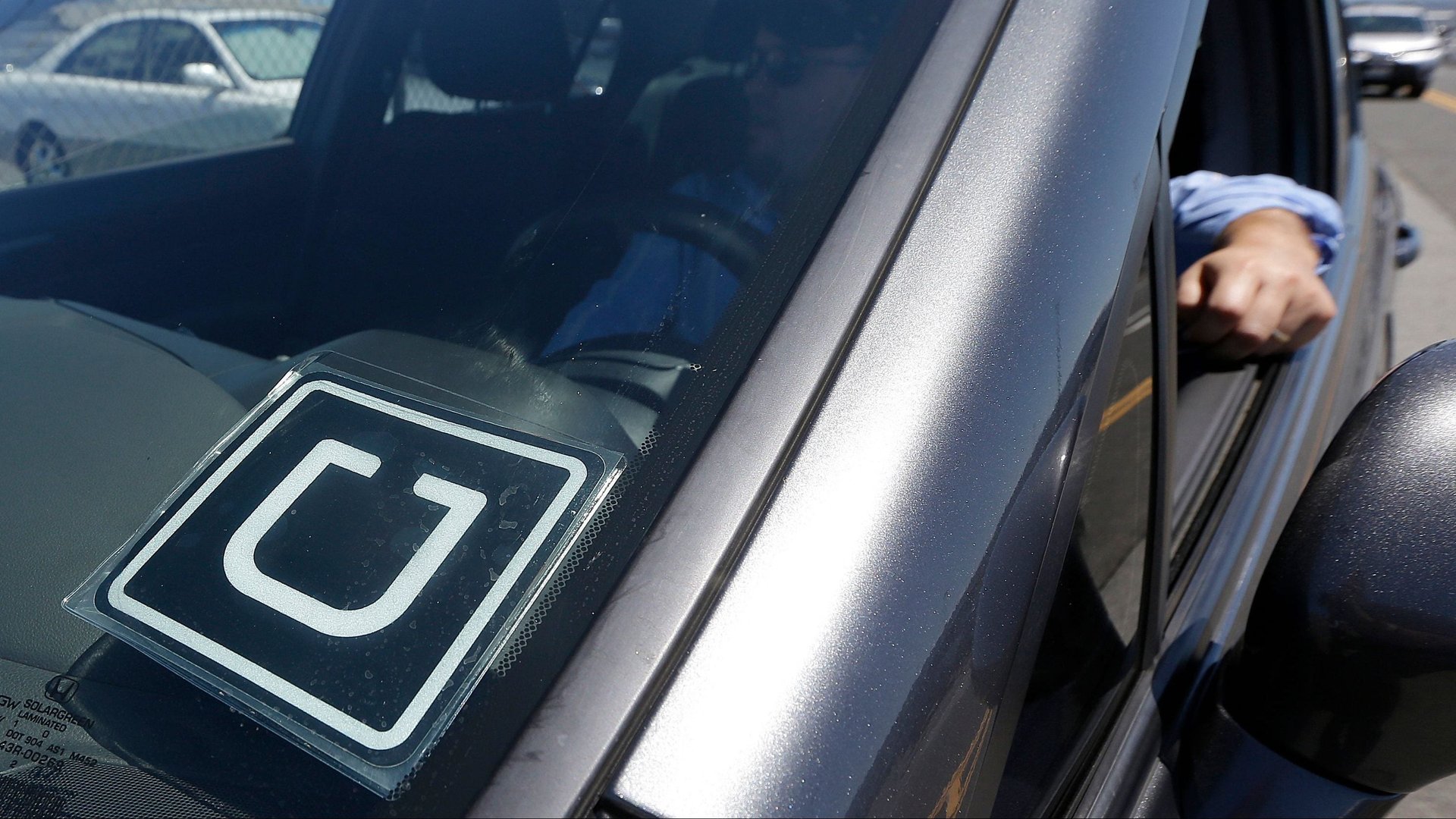What keeps Uber drivers from worrying about self-driving cars
I’ve been driving for Uber and Lyft for nearly 5 years. That means that when companies throw billions of dollars into developing self-driving cars, to some extent, they’re trying to automate my job.


I’ve been driving for Uber and Lyft for nearly 5 years. That means that when companies throw billions of dollars into developing self-driving cars, to some extent, they’re trying to automate my job.
While writing a blog and a book about rideshare driving, this topic has come up often in my conversations with thousands of other rideshare drivers over the years.
Uber is taking an ever growing cut of the fare, but drivers are still its number one expense and receive a majority of every transaction—so you can see why it’s so attractive for Uber and Lyft to pursue self-driving technology. But it might not be as easy to automate a driver’s job as some coverage of automated cars makes it seem.
No one is going to mistake the Lyft and Uber gig for rocket science, but it really is the ultimate combination of safe driving, navigation, customer service and running your own business.
A self-driving car may be able to handle the basic duties of the road just fine, but what about the following situations:
- A passenger who throws up or makes a mess in your car
- Locating your intoxicated passenger at the end of a pro sporting event
- Asking your driver to take a preferred route, make a stop or turn around
While Uber and Lyft can build technology to solve all of these problems, right now, they all rely heavily on driver input. When someone throws up in a self-driving car, Uber may ask the passenger to self-report (yea right!), have some type of sensor/monitoring system in place to detect a mess (expensive), or rely on the next passenger to alert the company. And I don’t know about you, but I am not going to want to open up the door to an Uber to stare at a pile of vomit.
It seems inevitable that self-driving cars are coming, but for most drivers, this impending doom doesn’t seem to be an issue since the final timeline is still so blurry (While experts disagree on the timeline for mainstream adoption, most believe that it’s coming in the next 10-20 years). Instead, they focus on today’s problems. In 2017, I surveyed nearly 1,200 drivers and 92% indicated that pay and flexibility were most important to them. But only 1.1% indicated that ‘career growth’ was the most important thing to them about driving.
While drivers would love the opportunity to grow with the company or even get stock, almost all of them understand that this is not a career laced with great potential. In fact, it’s one of the ironies of Uber and the gig economy itself. For all of the taxi industry’s downsides, they did provide stable employment and careers to thousands of drivers— I’m not sure the same thing can be said about Uber.
Harry Campbell is the author of The Rideshare Guide: Everything you need to know about driving for Uber, Lyft and other ridesharing companies.